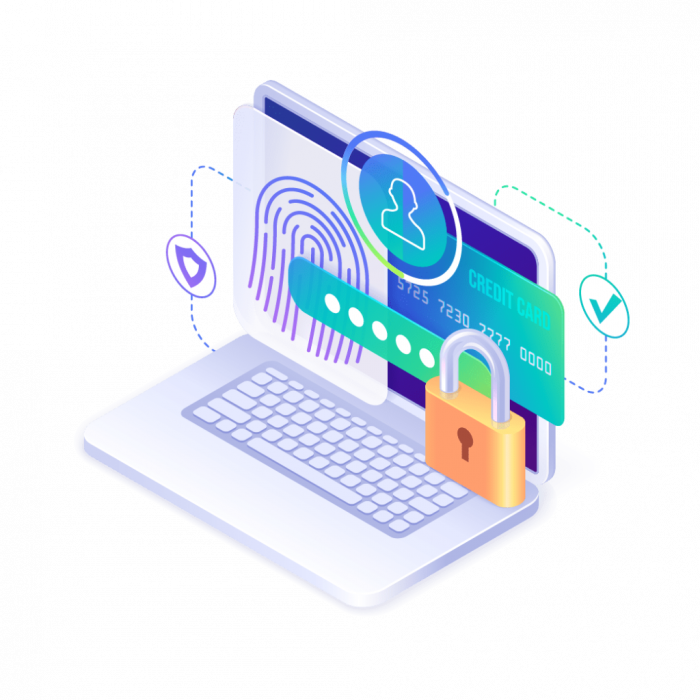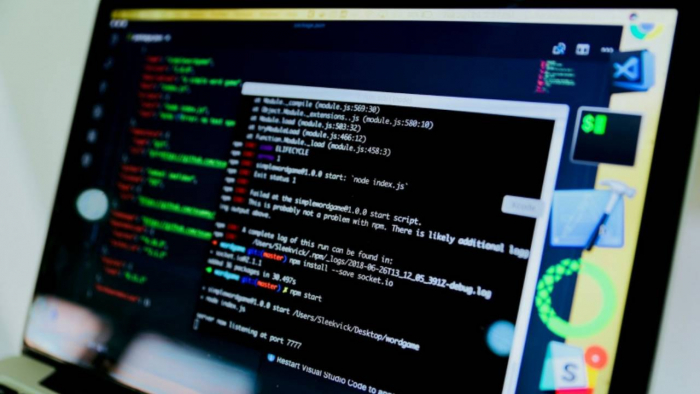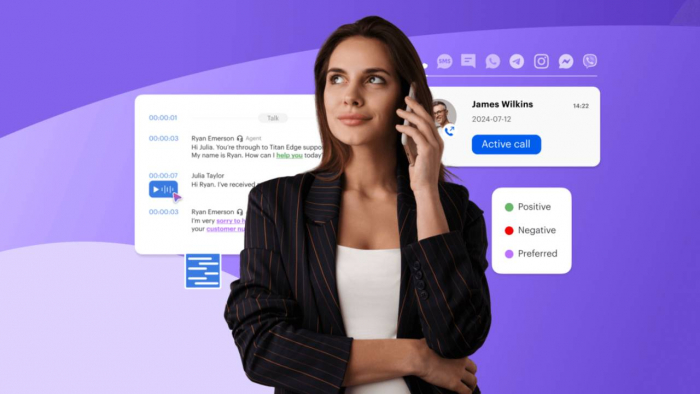Navigating the Digital Evidence Landscape
In every modern investigation, digital evidence plays an important role. From computers and servers to cloud accounts and GPS devices, data resides everywhere. This vast digital landscape requires powerful digital forensics software to identify, acquire, and analyze crucial information. However, within this broad field, mobile devices – smartphones, tablets, and wearables – present unique challenges. For law enforcement, these challenges often necessitate the use of highly specialized police phone forensic software, a distinct but related category of tools designed for the complexities of mobile evidence.
Digital Forensics Software: The Broad Foundation

At its core, digital forensics software provides the foundational capabilities for investigating any digital storage medium. Think of it as the "universal toolkit" for digital evidence. These comprehensive suites are designed to handle a wide array of data sources and formats, often including:
- Computer Hard Drives and SSDs: Imaging, carving deleted files, analyzing operating system artifacts (registry, event logs), and processing diverse file systems (NTFS, HFS+, ext4).
- Memory Dumps (RAM): Extracting volatile data like running processes, open network connections, and decrypted information that only exists in active memory.
- Network Forensics: Analyzing network traffic to reconstruct communication patterns or detect intrusions.
- Cloud Data: Accessing and analyzing data stored in cloud services like email, document storage, and social media, often through APIs.
- General Data Recovery: Recovering lost or corrupted files from various storage media.
This general digital forensics software is built for versatility, allowing investigators to work across many types of digital devices and data structures. It provides fundamental analysis features like timeline creation, keyword searching, and hash analysis across entire cases.
Police Phone Forensic Software: The Mobile Specialist
While general digital forensics software provides a broad foundation, police phone forensic software offers a highly specialized subset of capabilities, specifically engineered to tackle the unique intricacies of mobile devices for law enforcement purposes. These tools are tailored to overcome the significant hurdles posed by modern smartphone security and diverse mobile operating systems (iOS, Android, etc.).
Key distinctions and specialized features of police phone forensic software include:
- Diverse Acquisition Methods: Beyond simple logical backups, these tools offer advanced techniques for physical extractions, including leveraging bootrom exploits (like Checkm8 for certain iPhones), agent-based acquisitions for full file system access, and supporting JTAG/chip-off methods for damaged devices.
- Deep App Parsing: Mobile phones are defined by their apps. Police phone forensic software includes specific, frequently updated parsers for hundreds of mobile applications, including encrypted messaging apps (WhatsApp, Signal, Telegram), social media platforms, navigation apps, and less common local applications.
- Passcode Bypass & Decryption: These tools often integrate or facilitate methods to bypass screen locks, decrypt encrypted file systems (e.g., APFS for iOS devices), and even decrypt specific app databases that are encrypted at rest.
- Geolocation Analysis: Dedicated features to extract and map location data from multiple sources on the phone (GPS, Wi-Fi, cell towers) to reconstruct movements.
- Call and SMS Reconstruction: Specialized capabilities to meticulously rebuild call logs, deleted messages, and voicemail data, even when obscured or fragmented.
- Operating System Adaptations: Constant updates are crucial to support new versions of iOS and Android, which frequently introduce changes that impact forensic access and parsing.
Without this specialized focus, extracting meaningful, admissible evidence from a locked or complex mobile device would be incredibly time-consuming, if not impossible.
The Overlap and Synergy: Why Both are Essential
The relationship between digital forensics software and police phone forensic software is symbiotic. Many leading digital forensics software suites are now comprehensive platforms that incorporate police phone forensic software capabilities directly into their offerings. This "all-in-one" approach allows investigators to:
- Centralize Evidence: Manage evidence from computers, mobile devices, cloud sources, and more within a single case file, enabling cross-device analysis.
- Streamline Workflows: Use a consistent interface and analytical tools across different evidence types, reducing the need to switch between multiple standalone solutions.
- Holistic Investigations: Link activities from a suspect's phone to their computer or cloud accounts, building a complete picture of their digital footprint. For example, a chat message found on a phone might reference a document on a laptop, or a payment made through a mobile app might be linked to a financial record on a computer.
Belkasoft forensic software is a prime example of a platform that bridges this gap effectively. It provides comprehensive digital forensics software capabilities for computer, cloud, and memory analysis, while simultaneously offering extensive and continuously updated police phone forensic software features. This includes advanced mobile acquisitions (like agent-based and checkm8 support), automatic parsing of thousands of mobile artifacts, and sophisticated mobile data recovery. By offering an integrated solution, Belkasoft forensic software empowers law enforcement with a single powerful tool to manage the diverse and complex digital evidence encountered in modern investigations.
Equipping the Modern Investigator
In today's digital age, effective law enforcement hinges on the ability to access and analyze electronic evidence from every available source. While broad digital forensics software provides the essential framework for general investigations, the specialized capabilities offered by police phone forensic software are absolutely critical for navigating the unique complexities of mobile devices. The trend towards integrated platforms that combine both general and mobile-specific forensic power is vital. This ensures that investigators have the sophisticated tools necessary to keep pace with evolving technology and security, ultimately leading to more efficient investigations and effective justice.
Post Comment
Be the first to post comment!





